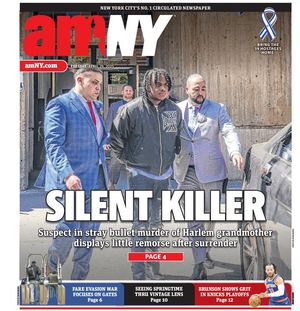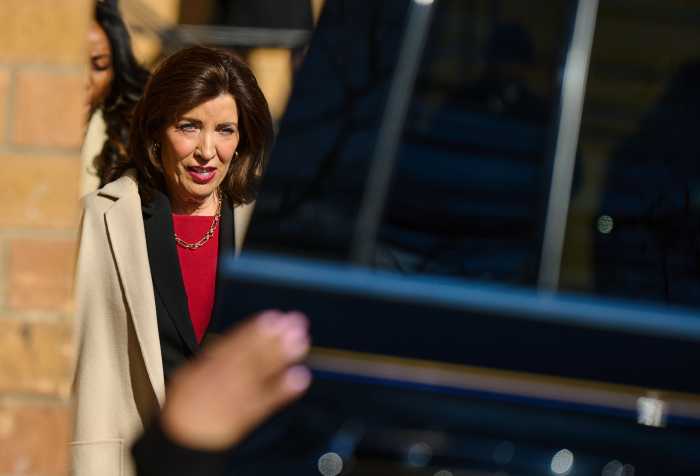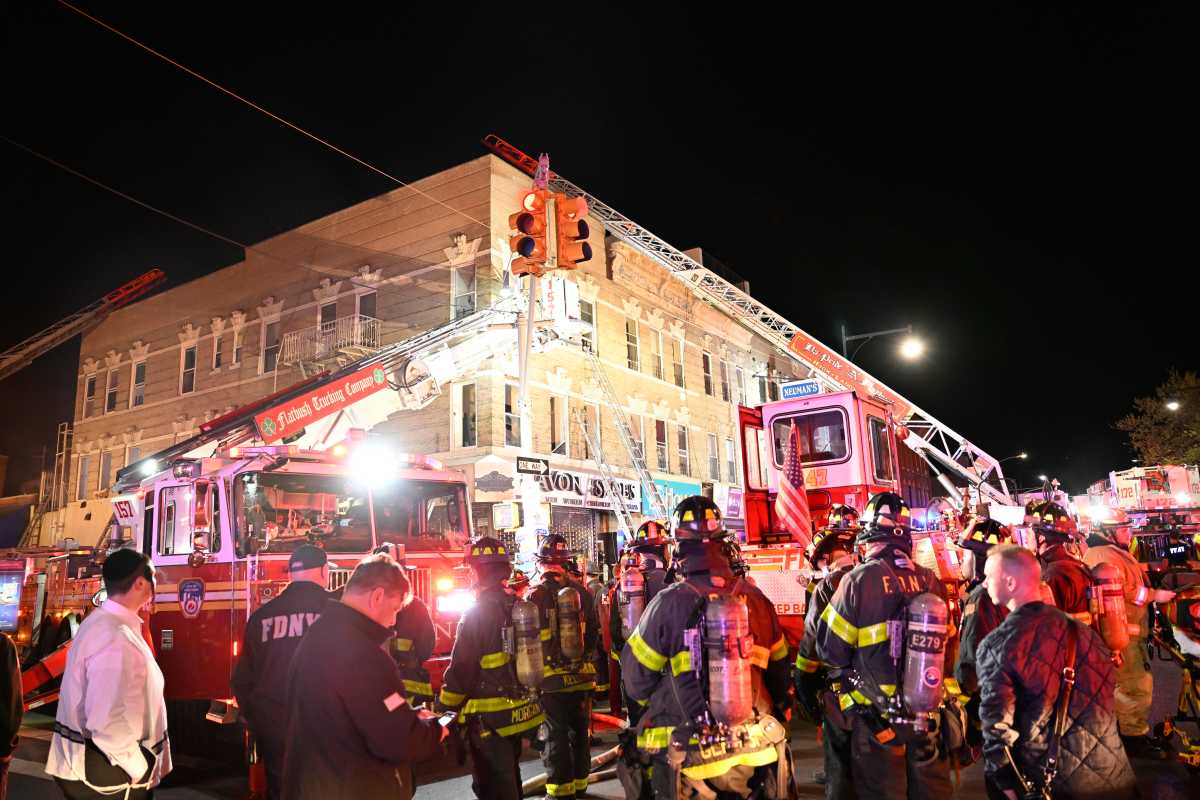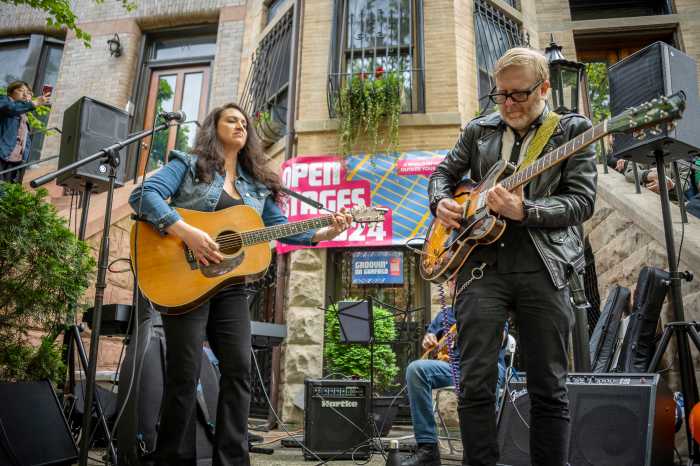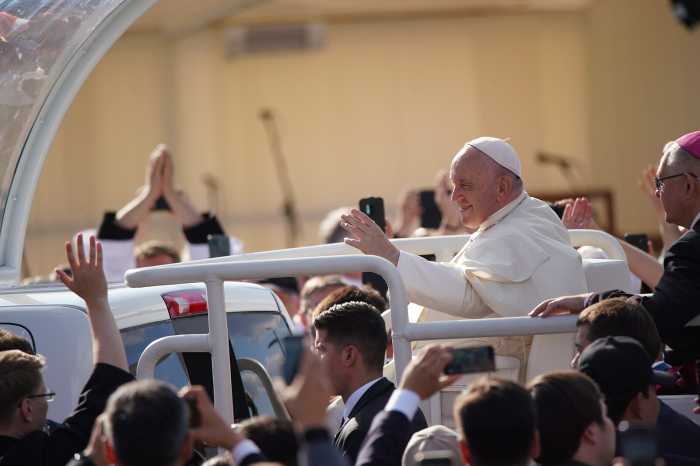BY TOM FOX | Twenty years after the passage of the Hudson River Park Act, a major source of revenue originally intended to support the park’s operation and maintenance has yet to be secured. Failure to implement a major recommendation regarding long-term operating and maintenance is putting unnecessary development pressure on park assets, such as Pier 40. In 1990, when Hudson River Park was first proposed, city and state parks suffered from insufficient funding. To make the proposed park palatable to elected and appointed officials, the West Side Waterfront Panel suggested that the new park might be self-sufficient if radical new funding mechanisms for operation and maintenance were established.
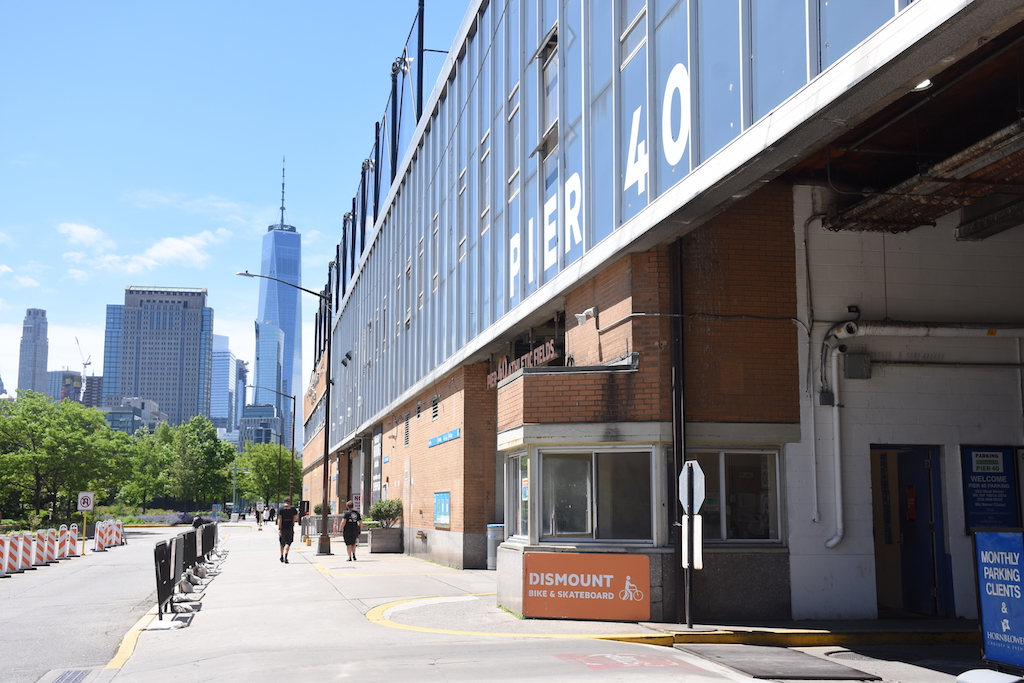
As the park was initially envisioned, the city and state would fund the park’s construction. Community Board 2’s recent recommendation that the city and state fund bulkhead (seawall) restoration seems consistent with that commitment. However, back in 1998, public policy required that all revenues generated in parks be transferred to the city or state’s general fund. To support long-term operation and maintenance of the new park, two new revenue streams, unique to this project, were recommended by the Waterfront Panel. The first was to allow the Hudson River Park to retain revenue generated within the park. The first of these revenue-producing areas, Chelsea Piers, was completed in 1994. The second recommendation was the creation of a new mechanism to capture a portion of appreciation of adjacent inboard real estate within three blocks of the park. It’s clear that the $1.3 billion public investment in the park has drastically increased the value of adjacent inboard property and generated the new tax revenues initially anticipated. These two new revenue streams would reduce the park’s competition with other parks for annual operation and maintenance funds. However, the second recommendation was conveniently ignored by elected and appointed officials when the Park Act was written in 1998, while they continued to demand that the park be self-sufficient. Without that second funding stream, the park will never be self-supporting without the goose that laid the golden egg being killed by overdevelopment. This is even more puzzling given the rezoning of adjacent neighborhoods in Tribeca, Greenwich Village, Chelsea and Clinton (including Hudson Yards and Hudson Square) that were approved without new development projects in these areas contributing to the park — even though all the marketing materials for these new projects tout the park as providing much-needed public open space for increased commercial and residential populations. The original Friends of Hudson River Park studied the issue and proposed the creation of a Neighborhood Improvement District to support the 4.5-mile-long park. The reconstituted Friends group, a couple of years ago, released yet a second study confirming the value that the park adds to inboard property but has failed to propose a solution. The concept was favorably received by attendees at the recent meeting local politicians held to discuss possible legislative amendments pertaining to Pier 40. Without a second sustainable source of revenue from adjacent properties that have benefitted from the park, the situation will always be one of scrambling for operating and maintenance funds. The Hudson River Park Trust’s efforts to increase development in the park will force local neighborhoods to continue to fight with one another over limited resources. It’s time to do the right thing and formalize an appropriate mechanism to capture a portion of the inboard revenue generated by the park for its long-term operation and maintenance. Any new legislation should address this issue and take the pressure off Pier 40 to fund a disproportionate portion of the park’s annual budget. Fox was the first president of the Hudson River Park Conservancy (which completed the Hudson River Park’s general project plan) from 1992-95; a founding board member of Friends of Hudson River Park from 1999-2011; and former president and C.E.O. of New York Water Taxi.
